“Skål!” the Scandinavian version of “Cheers!” is one of the current exhibits at the Museum of Danish America in Elk Horn, Iowa. The exhibit is described as follows on the museum’s website:
Denmark, Norway and Sweden share a “spirited” tradition of enjoying beer and aquavit – sometimes together, sometimes separately. This exhibition explores the cultural history of these beverages, follows those drinking traditions to Scandinavian-American communities, and answers questions like “What is aquavit, anyway?” and “How do you skål correctly?”
That’s an important questions to answer with summer here!
While the spirits exhibit may capture the interest of adults, the kids (and the kids at heart) will enjoy the LEGO play area. The LEGO Group was founded in Billund, Denmark, in 1932. LEGO is an abbreviation of the Danish words leg godt which means “play well.”
Those two areas—learning about drinking and actually playing–could no doubt keep you busy for quite some time, but they are only a fraction of the various temporary and permanent exhibits currently on display at the museum, which has approximately 35,000 items and continues to grow.
The museum recently completed an addition that allows them to accept large objects they previously could not accept due to space. On an inaugural “behind the scenes” tour during Tivoli, participants could see a large meat counter/display case from a meat store in nearby Kimballton, a church bell, a printing press, a baby buggy and a Danish bicycle—all too large for the previous storage area.
The additional space also includes an exhibit preparation area, a loading dock, a movie viewing area and a “green roof” of native Iowa grasses that would please Danish landscape architect Jens Jensen, to whom I will return.
While the new storage space and some of the previous storage space is “behind the scenes,” the museum is unique in its large visual storage area. In this space thousands of the items not on exhibit can still be seen on open shelving in their controlled environment behind transparent walls.
The permanent exhibition is entitled, “Across Oceans, Across Time,” and it shares the story of early Danish immigrants to the United States—how they traveled, where they settled and their challenges and accomplishments. The exhibit also includes the story of Nazi-occupied Denmark and the escape of Danish Jews during World War II along with the more current story of Muslim immigration.
Another popular permanent display item is humorist and entertainer Victor Borge’s (1909-2000) first piano, which was purchased in Copenhagen in the late 1920s. Borge settled in the United States after fleeing Nazi-occupied Denmark during World War II.
There is almost as much to see outside the museum as inside. Outdoor exhibits include the Jens Jensen Prairie Landscape Park, which includes a stone council ring, native plantings and outdoor fitness equipment; the Jens Dixen House, a homesteader’s cabin; and Bedstemor’s (Grandma’s) House, a Victorian home built in 1908.
According to the museum, Jens Jensen (1860-1951) was a “renowned Danish immigrant landscape architect who rebelliously used native plants and natural themes in his designs. A colleague of Frank Lloyd Wright, Jensen pioneered the ‘Prairie School’ of landscape architecture and is celebrated today as an early advocate for native plants and the conservation of natural species.”
It’s easiest to understand Jensen through his quotations, which are interspersed throughout the park named after him and are from his book “Siftings”:
“The study of curves is the study of life itself. Curves represent the unchained mind full of mystery and beauty. Straight lines belong to the militant thought.”
“A city with plenty of light and fresh air and the growing green will have no slums. Slums do not thrive under such conditions. When the air of any city becomes so filthy that it will not grow trees, then it is not a fitting place for human beings to live.”
“The primitive prairies of Illinois have not been entirely destroyed. Here and there has been left something of the primitive that the plow has not turned under. It seems a pity, rather a stupidity, that some section of this marvelous landscape has not been set aside for future generations to study and to love—a sea of flowers in all the colors of the rainbow.”
A Jens Jensen landscape surrounds you with curves and natural beauty and not commercialized, regimented beauty.
While a venture to Elk Horn is highly recommended, if you’re unable to make the excursion, a portion of the museum will come to you in late summer. Throughout September the Carnegie Library Museum will have the Museum of Danish America’s travelling exhibit, “Jens Jensen: Celebrating the Native Prairie.”
As always, this exhibit will be free and open to the public at the Carnegie on Saturdays from 10 a.m. to 4 p.m. and Sundays 1-4 p.m. Also stay tuned for dates of workshops and events being planned for September in partnership with ISU Extension and Outreach and others around the topic of native prairies.
By the way, aquavit is a flavored liquor, and here’s basically how to skål (visit the museum for more information, or ask your local informed Dane): raise your glass, look your drinking partner directly in the eyes, confidently say, “Skål!” down your drink and then look your partner in the eyes once again.












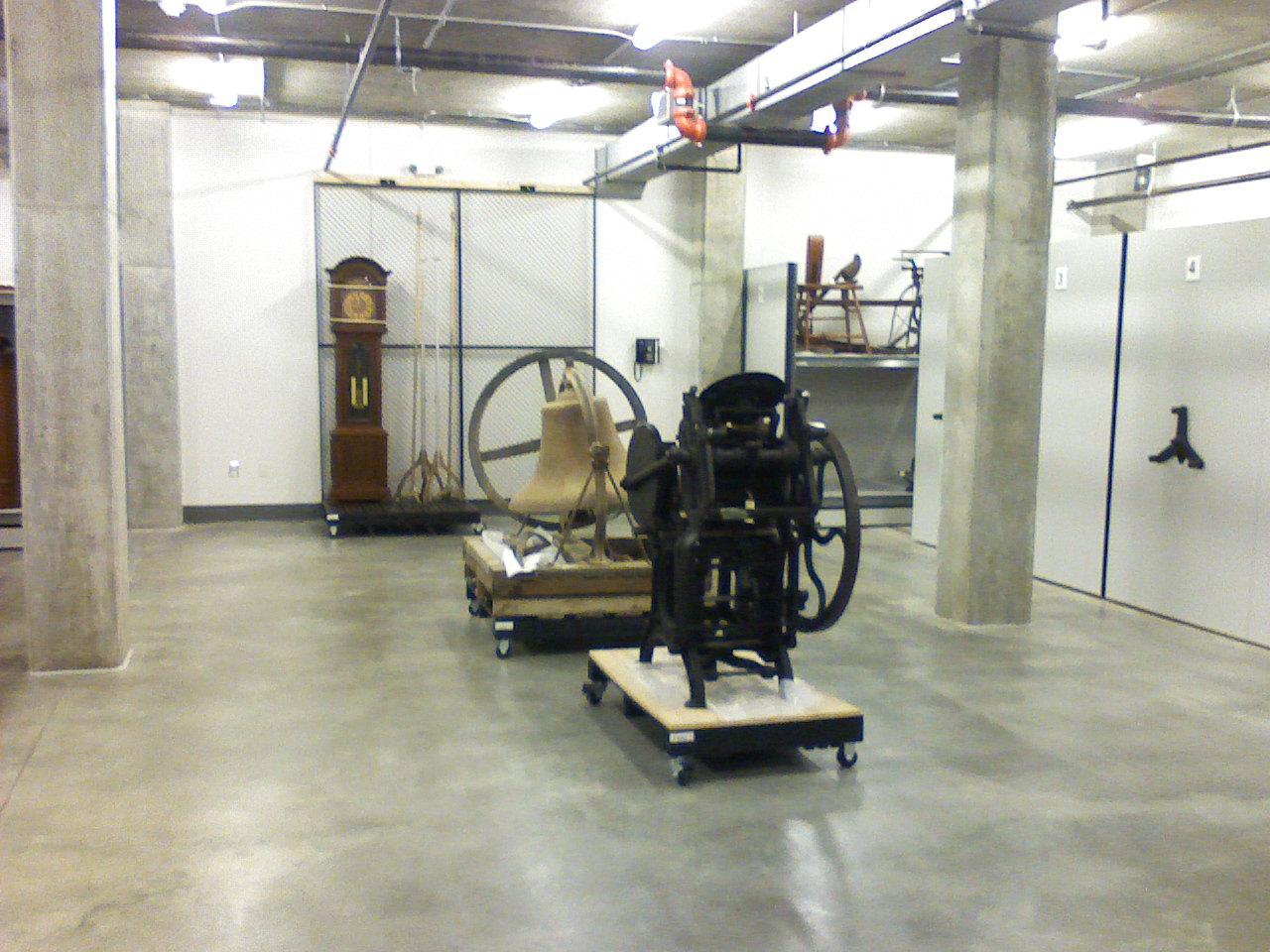
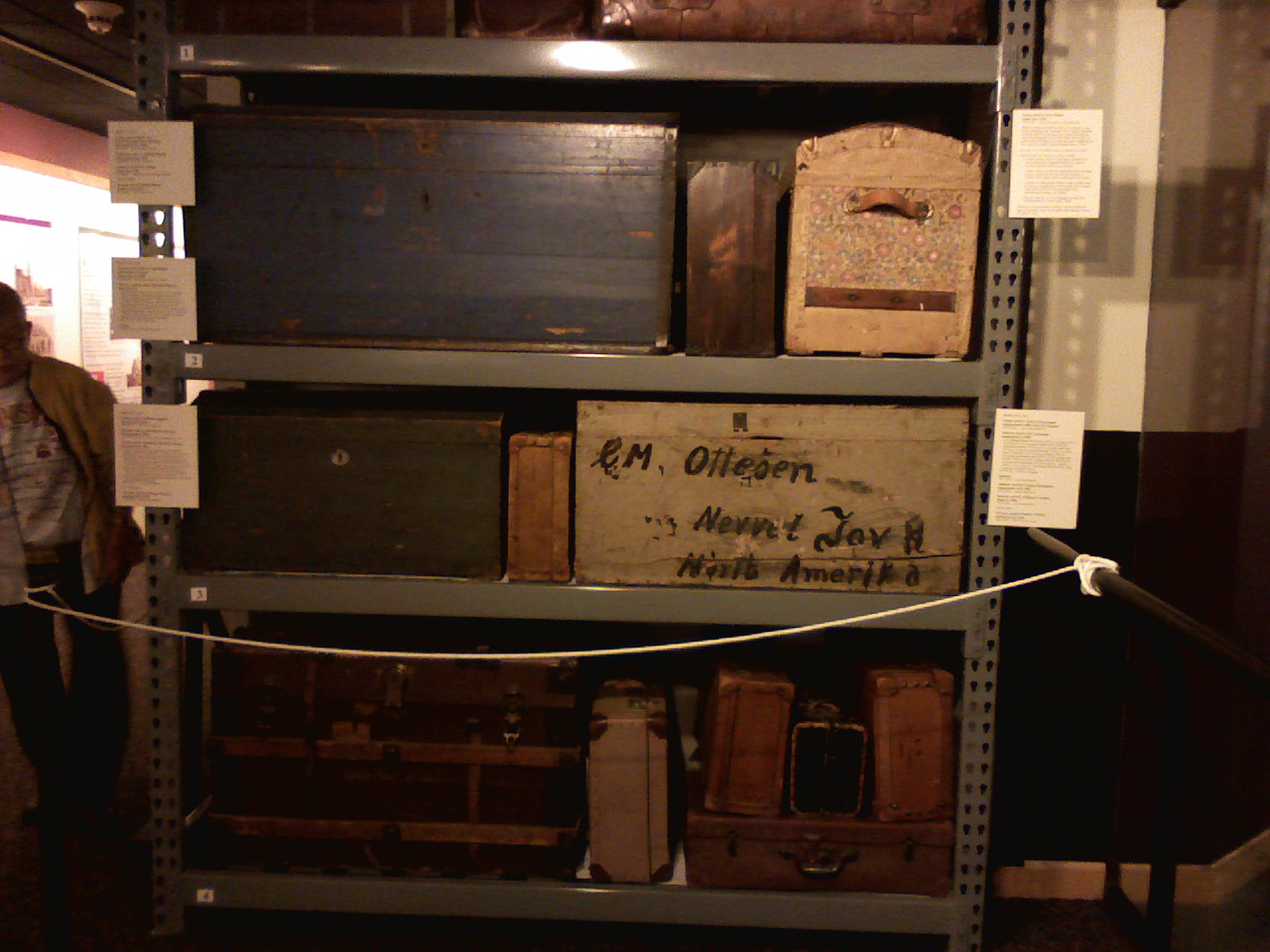
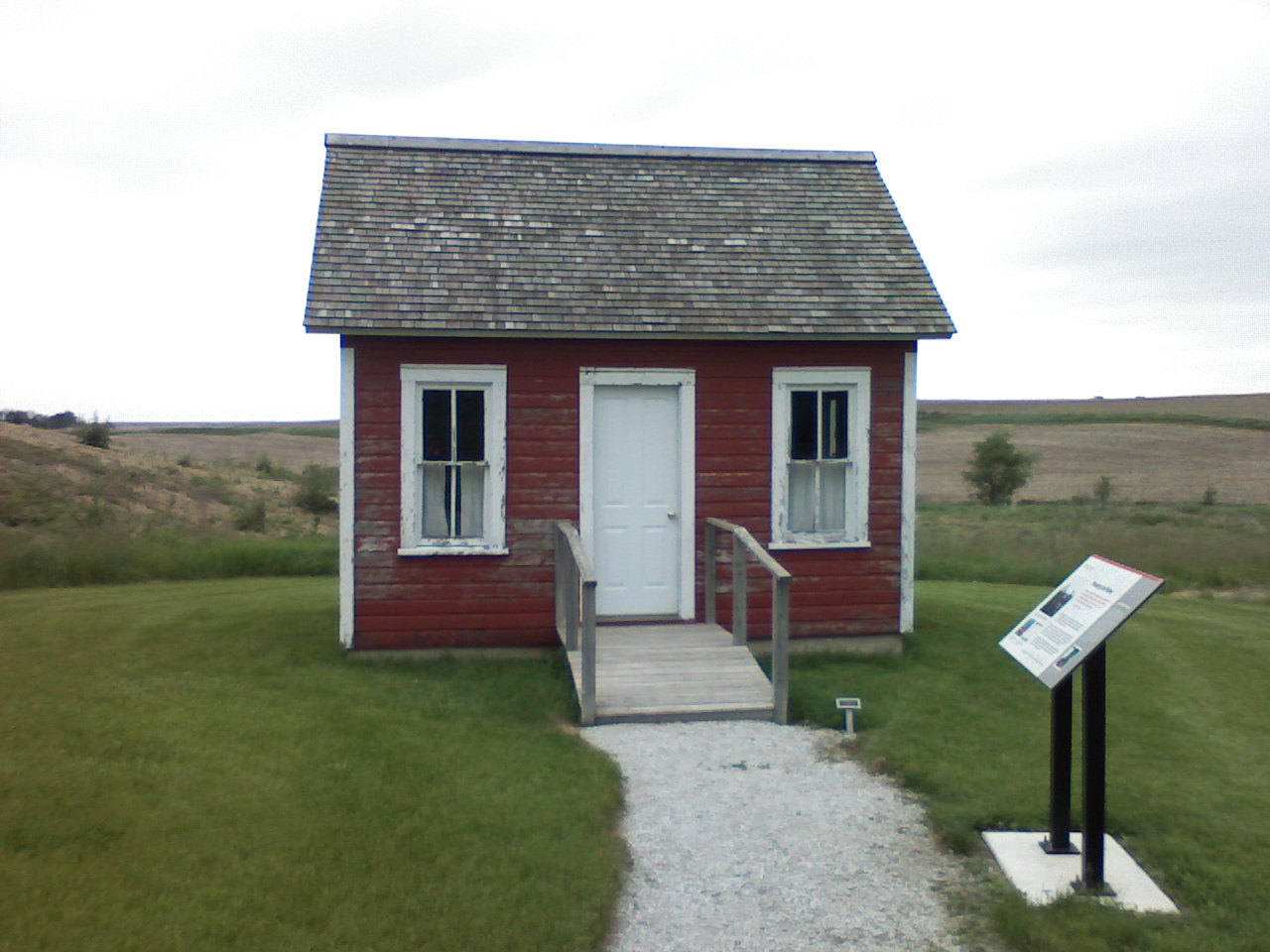
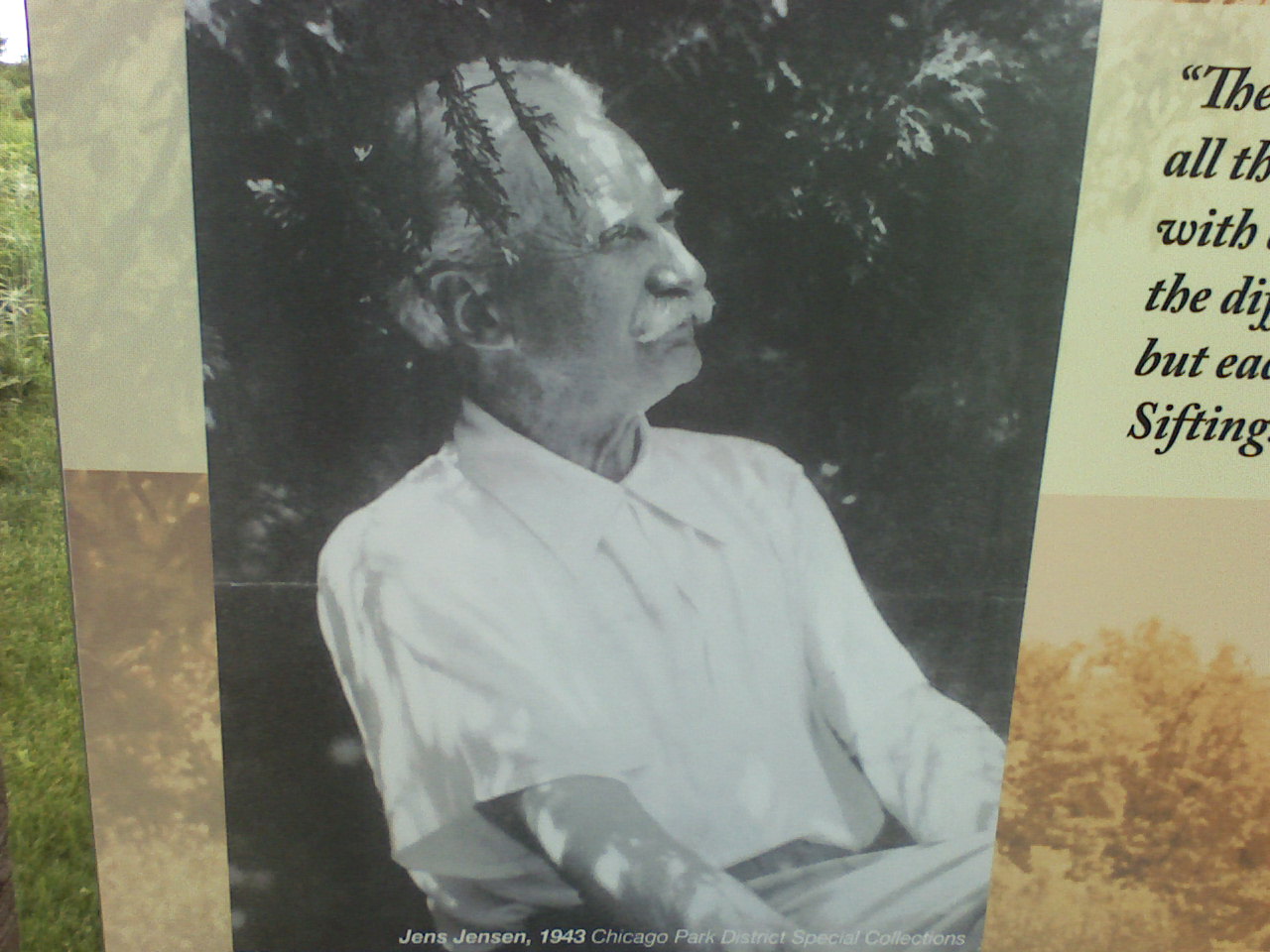

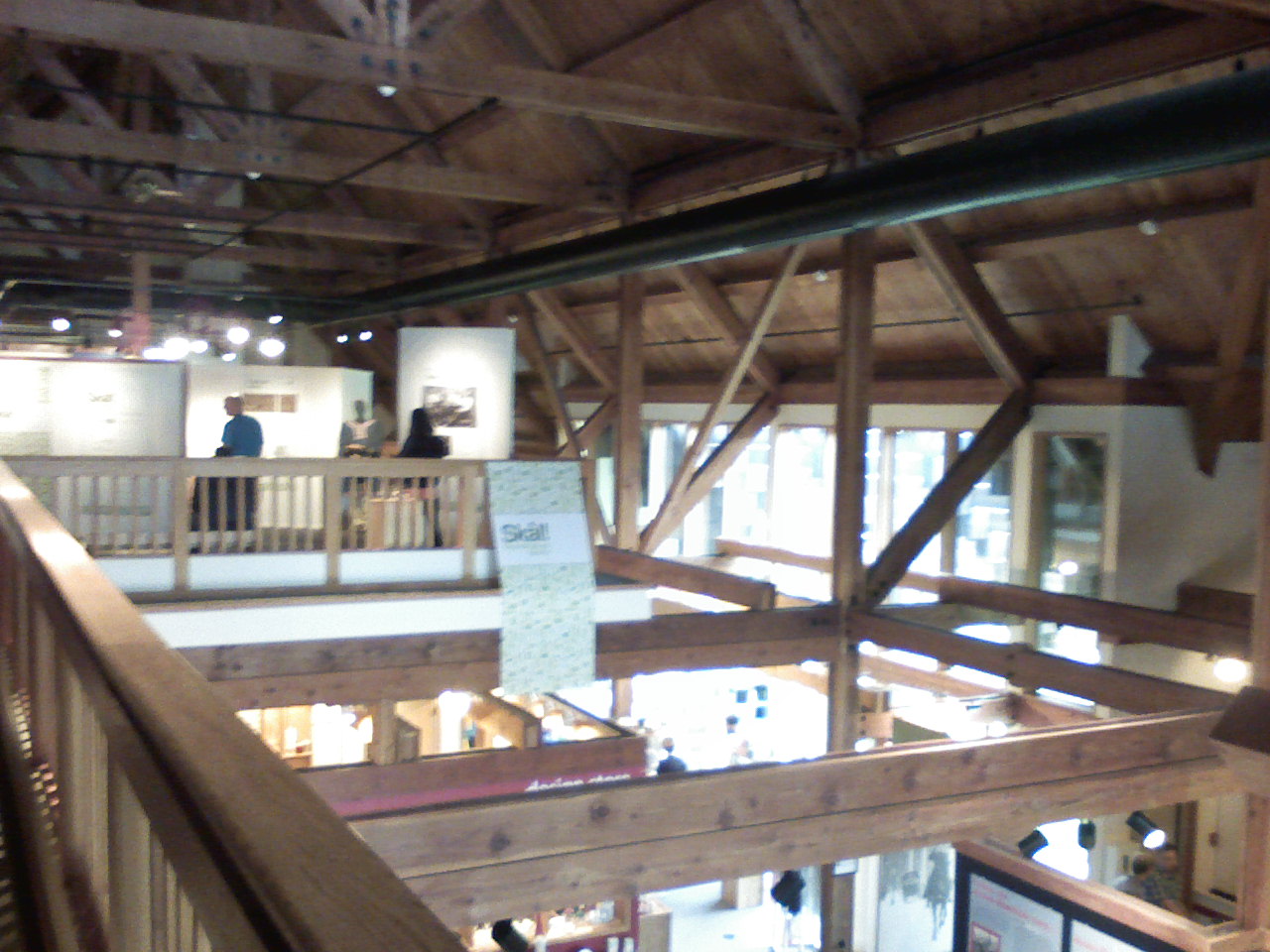
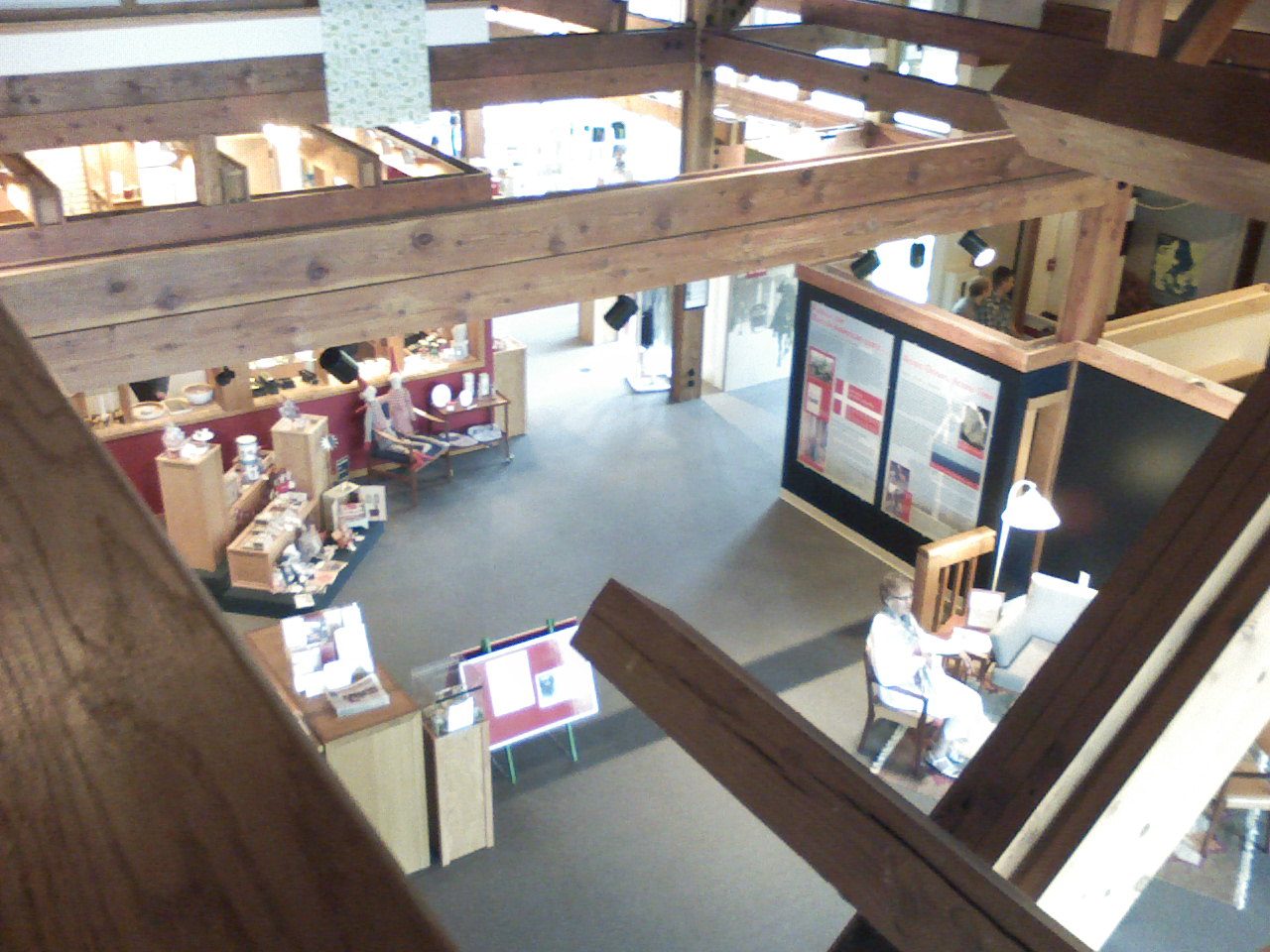
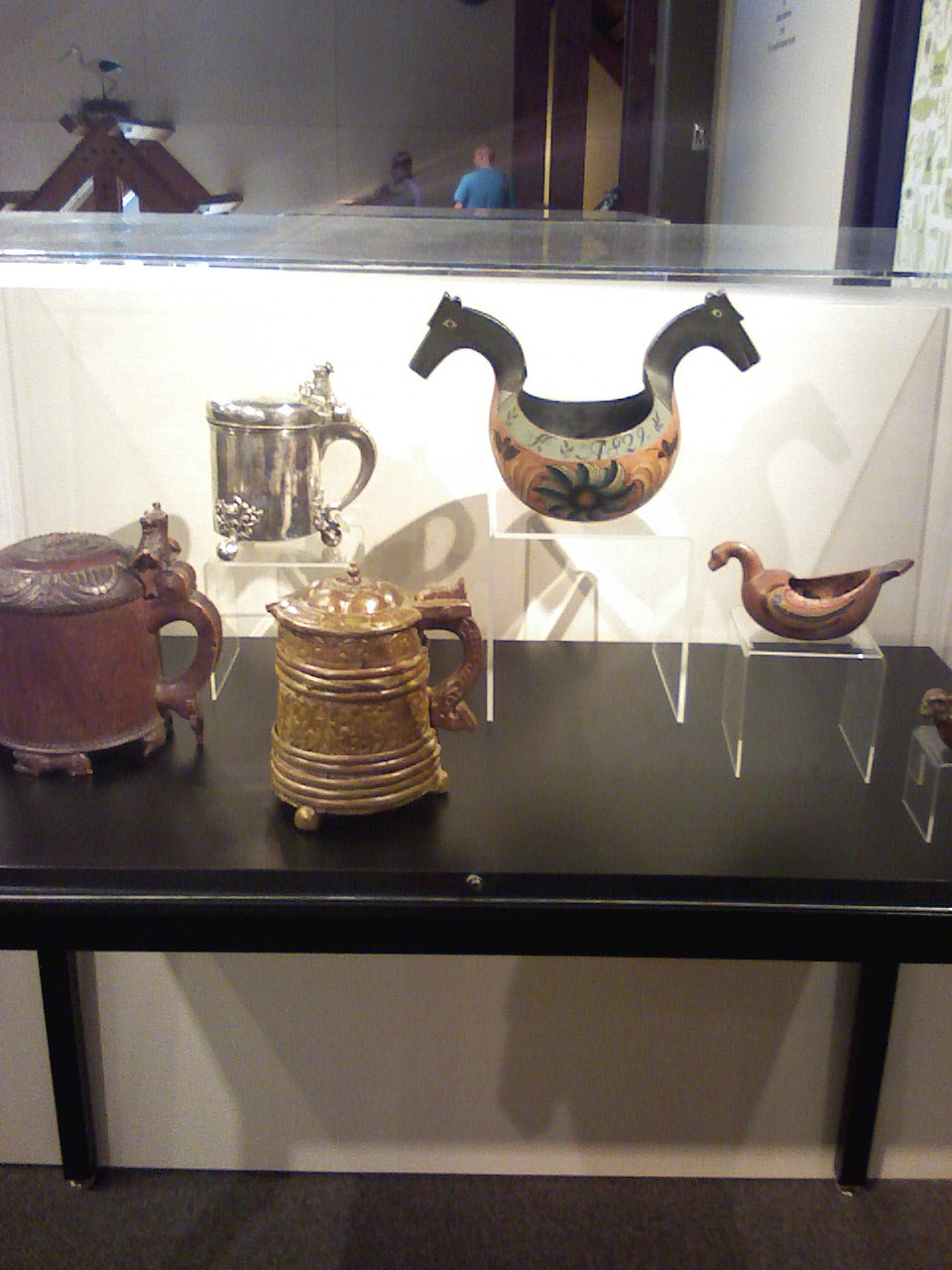
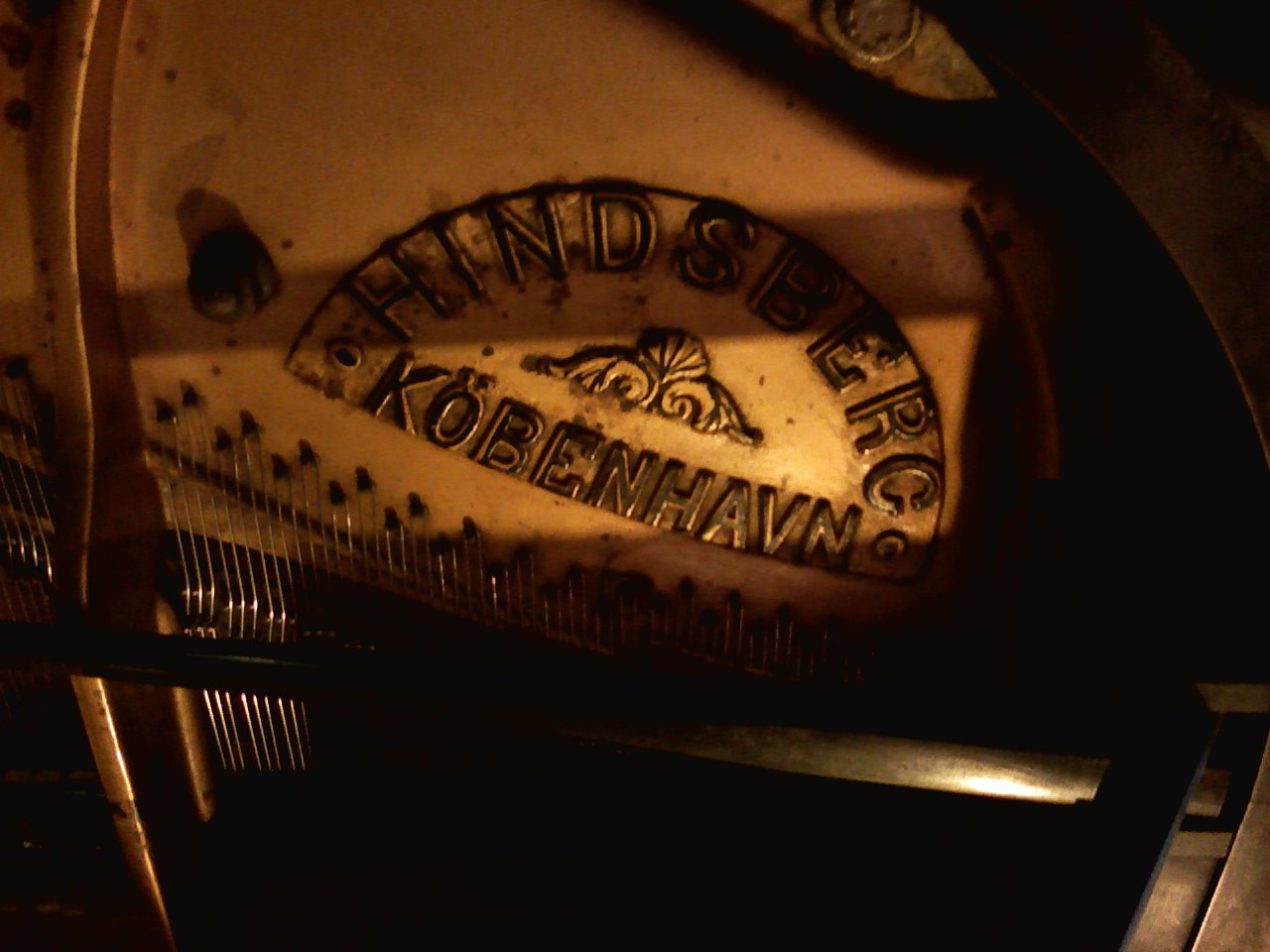
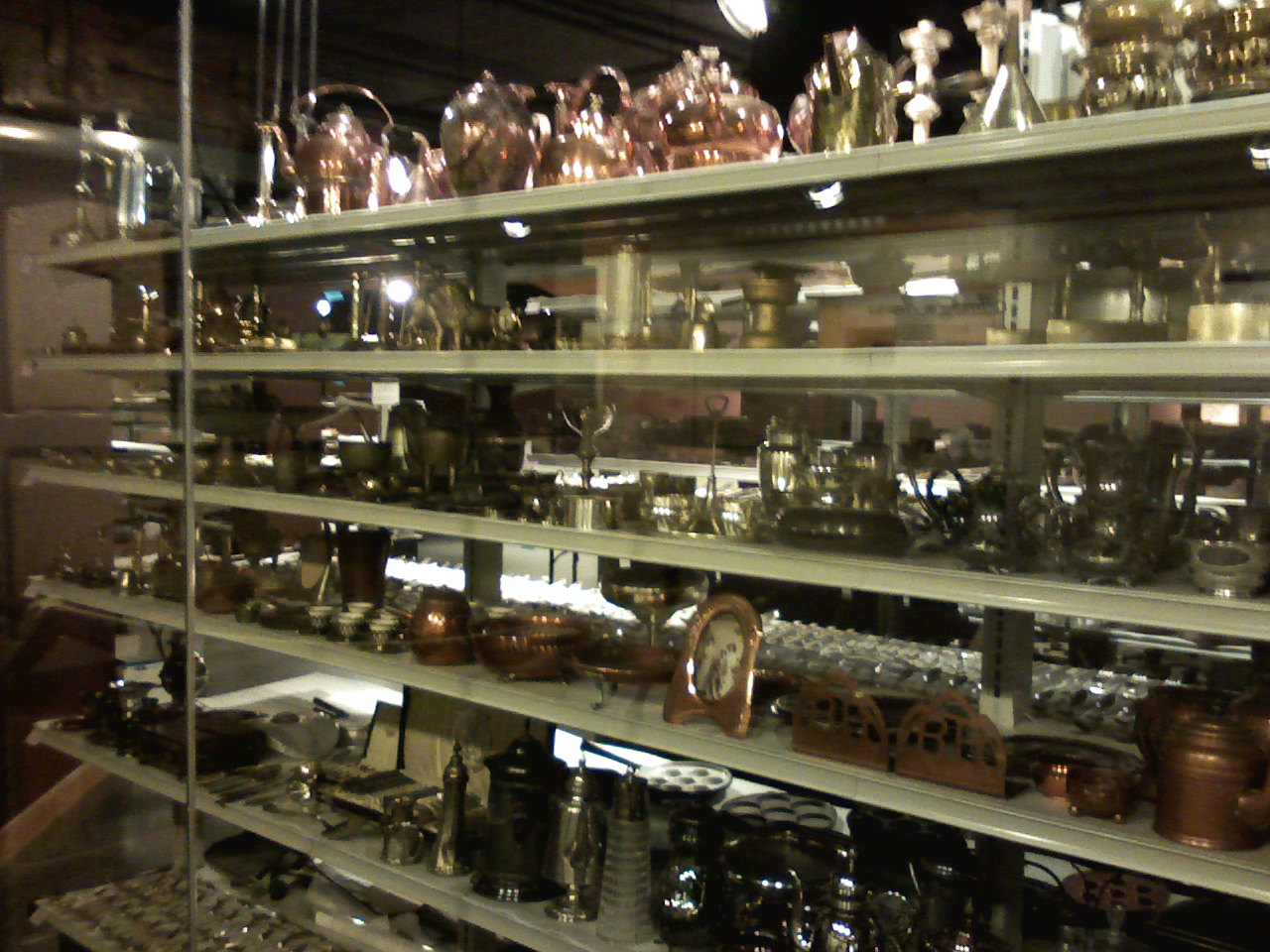
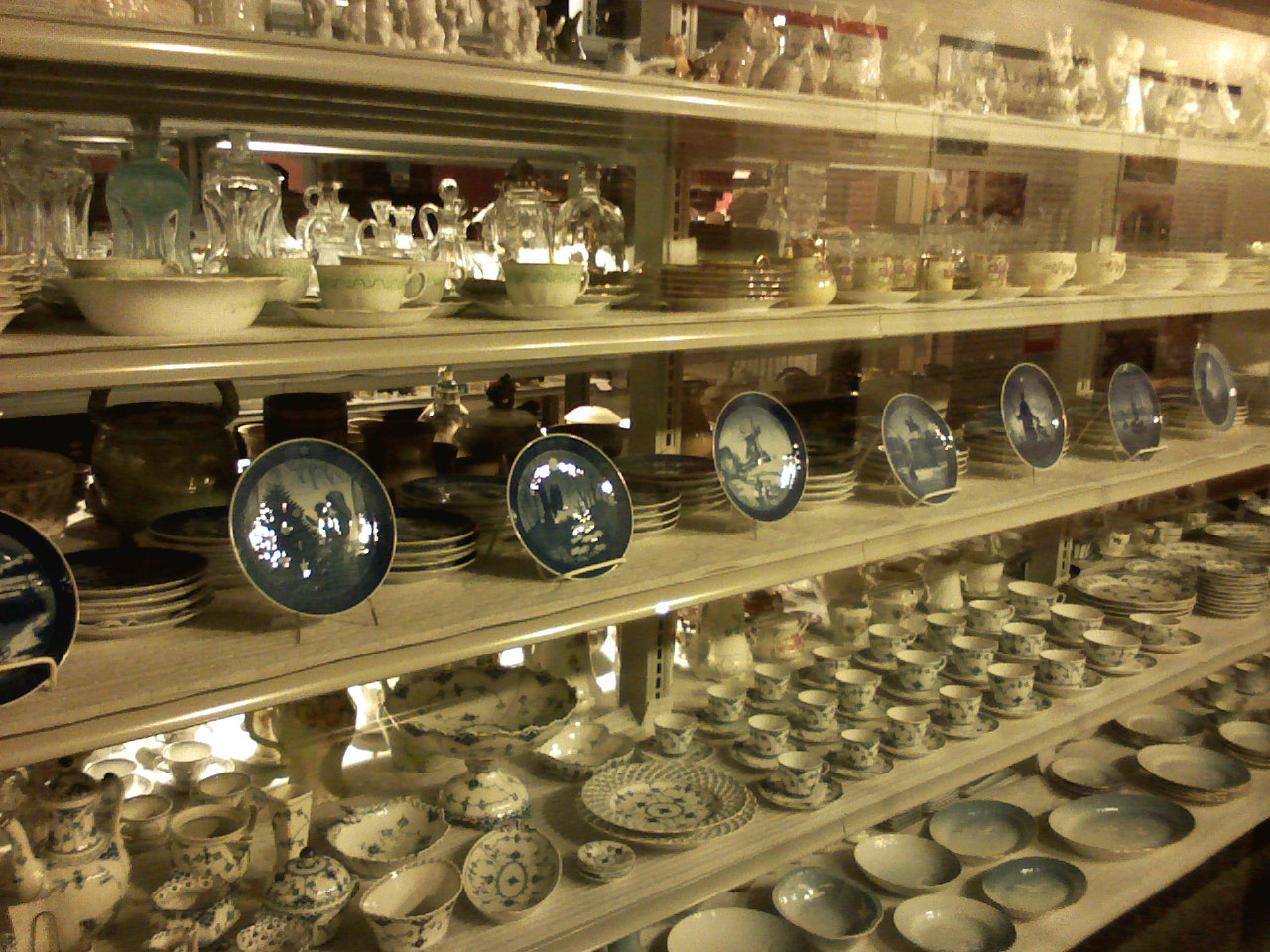








[…] introduced readers of ThePerryNews.com to Jensen’s influential work in a May article. September’s show will feature a presentation by Iowa State University landscape architect […]